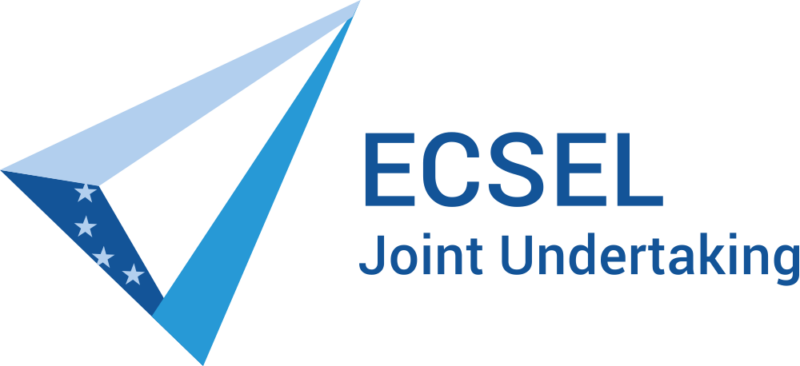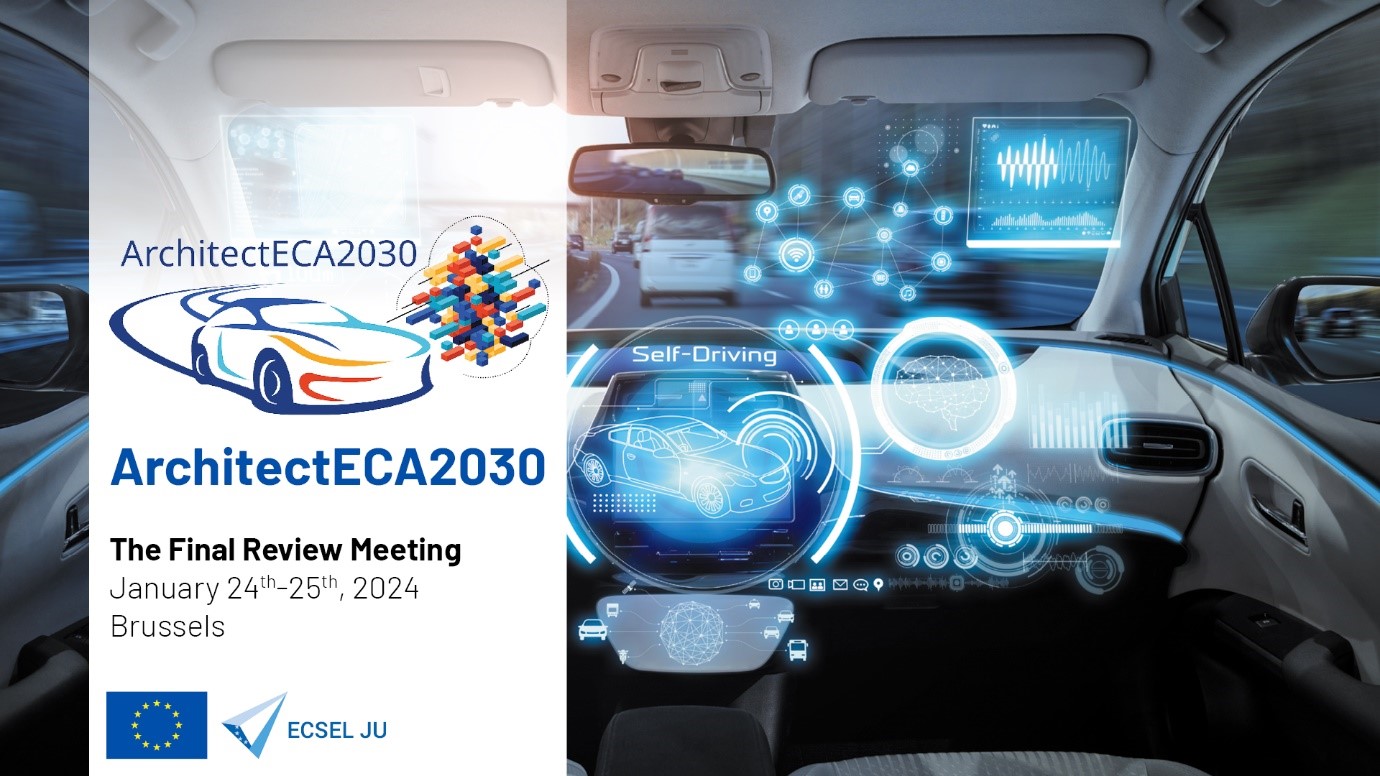
On the 24th-25th of January 2024, ArchitectECA2030 partners will attend the final project’s review meeting in Brussels, to demonstrate the main ArchitectECA2030 achievements, displaying impact on developing safer and more reliable autonomous vehicles.
ArchitectECA2030 project aimed to strengthen Europe’s position in the fields of safe and reliable electronic components and embedded intelligence. The project targeted an ECS ecosystem of innovation in terms of reliable, robust, and fail-aware ECS for ECA vehicles beyond the state-of-the-art and viable technologies to increase the attractiveness of ECA vehicles by translating customer requirements and concerns into a value proposition. The methods, tools, technologies, and applications were developed along the entire value chain.
Following the initial ArchitectECA2030 objectives, twenty partners forty-two months jointly collaborated in providing a continuous robust design optimization for each part in the ECS value chain through the activities crucial for identification and management of residual risks over the entire ECS value chain. Defining a framework for safety validation of the ECS value chain was important to assure end-user acceptance by trustworthy ECS value chain and address the societal challenges and zero-vision goals to provide zero emissions, zero crashes, zero congestions by Electric Connected Autonomous vehicles in 2030.
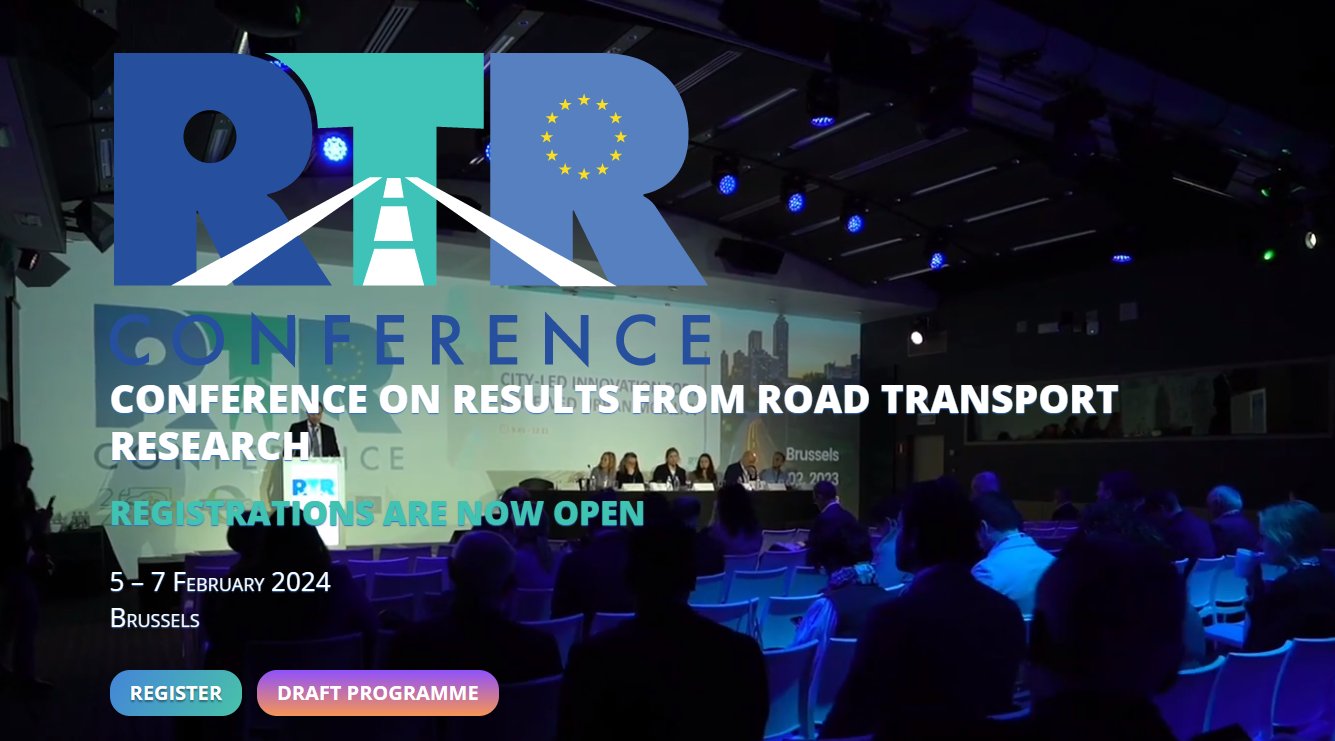
On the 6th of February 2024, the final ArchitectECA2030 results will be presented at the Conference on Results from Road Transport R&I projects funded under Horizon 2020 and Horizon Europe, in the special session “Verification and Validation: building trusted systems”.
The RTR Conference is a unique entry point into the achievement of EU-funded projects in road transport. Once again this year, participants will learn about Horizon 2020 and Horizon Europe projects’ results and expected impacts, and what the next research steps are in essential areas for road transport: Green Vehicles, Urban Mobility, Logistics, Intelligent Transport Systems, Safety, Automated Road Transport. The conference will deliver a holistic view of how the European research scene is moving forward in these fields, bringing benefits to the environment, economy, and European society overall.
The conference will take place from 5th to 7th February 2023 in Brussels. The link for more information
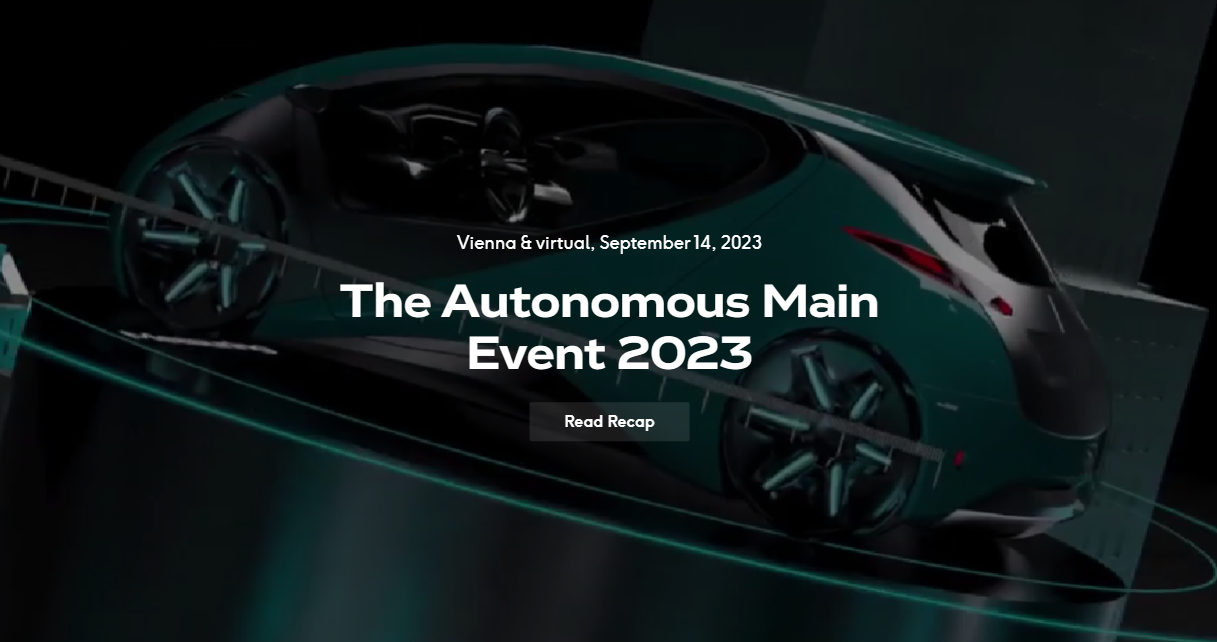
On the 14th of September 2023, ArchitectECA2030 was presented at the Autonomous Main Event, where ArchitectECA2030 project initiator Reiner John from AVL and EcoMobility project coordinator Mohammed Abuteir from TTTech Auto, presented ECOLIFE Cluster established this year. This ArchitectECA2030, EcoMobility and ARCHIMEDES joint initiative drives innovation, and stimulates economic growth for a more sustainable future, where electronic components last longer, and mobility becomes cleaner and highly efficient.
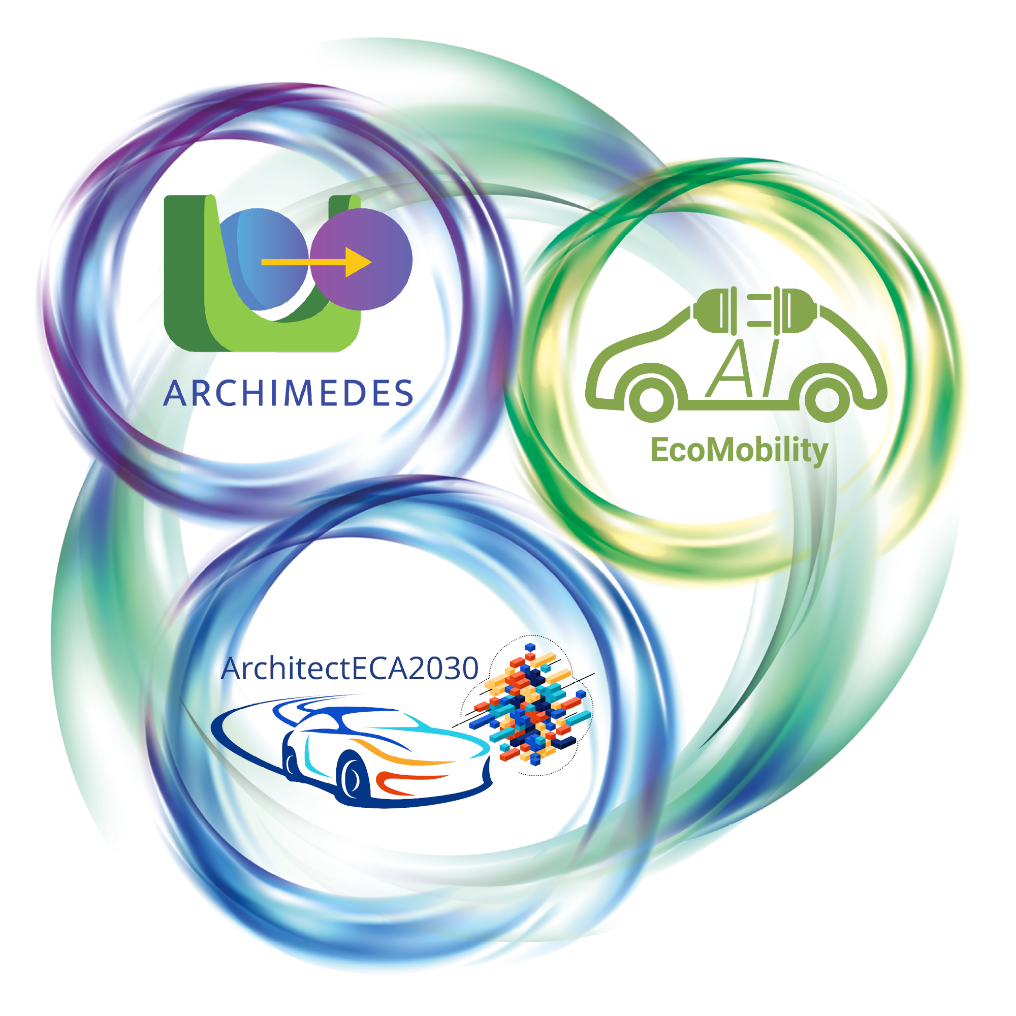
Three European collaborative projects – ArchitectECA2030, EcoMobility, and ARCHIMEDES – have joined forces in a bid to amplify the influence of emerging technologies in the domains of lifetime extension and mobility. This collaborative effort, suitably named ECOLIFE – the Eco-Friendly Lifetime Extension and Mobility Initiative, is well-positioned to enhance coordination and support European influence in the areas of emerging technologies for electronic component innovation, smart mobility, and lifetime extension.
The ECOLIFE - Eco-Friendly Lifetime Extension and Mobility Initiative is at the forefront of fostering progress in electronic components' lifetime extension and mobility technologies. Its collaborative and interdisciplinary approach, with commitment to sustainability are pivotal in shaping an environment-friendly and technologically advanced world. ECOLIFE drives innovation, and stimulates economic growth for a more sustainable future, where electronic components last longer, and mobility becomes cleaner and highly efficient.
Within the ECOLIFE Initiative:
ArchitectECA2030 – brings remarkable input regarding residual risk, lifetime monitoring, and monitor devices, from which the ARCHIMEDES project benefits in terms of standards and the continuation of lifetime observation.
ARCHIMEDES envisions improved qualification processes and lifetime extension of electronic components and systems across various industries which will be supported by the methodologies from ArchitectECA2030. The link to ARCHIMEDES website.
EcoMobility contributes with technologies for highly automated vehicles as well as for new business models in the electromobility and software-defined vehicles (SDV) segments. The link to EcoMobility website
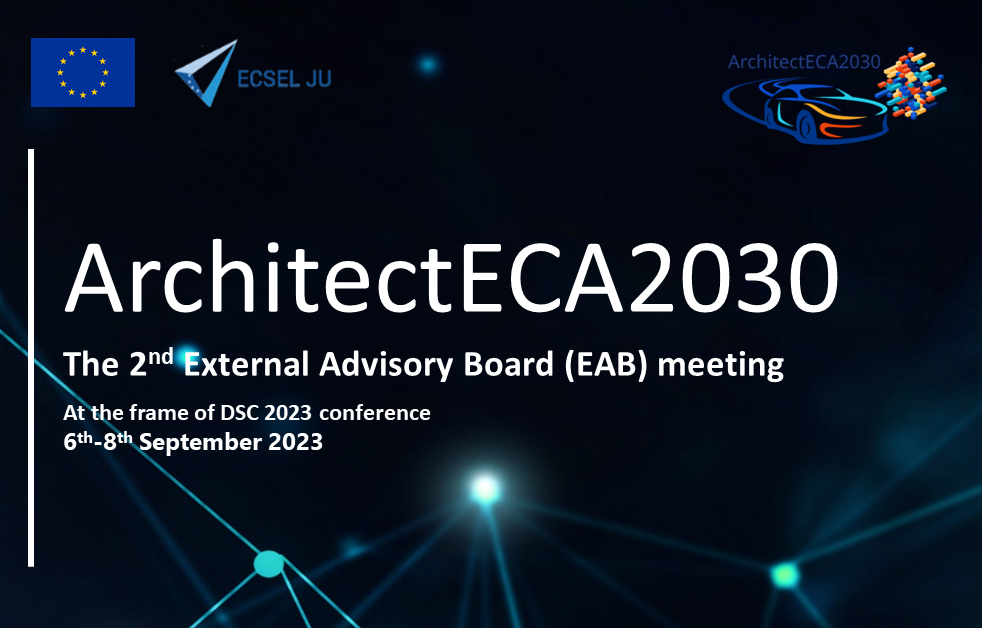
It has become a tradition that in the frame of the DSC2023 conference, we have a chance to meet ArchitectECA2030 advisory board members. This year, in the special session ‘ADAS / AD validation process targeting homologation‘, we had a chance to present the pre-final project’s achievements, the Reference Homologation Process, and the residual risk concept of ArchitectECA2030. It was very interesting and beneficial to discuss with stakeholders representing the entire autonomous vehicles chain and change insights about the future research needs to pay the ways towards homologation.

On the 6th-8th of September 2023, ArchitectECA2030 was presented at the 22nd Driving Simulation & Virtual Reality Conference (DSC 2023) In Antibes, Franc. The DSC2023 gathered driving simulation specialists from the industrial and academic communities as well as commercial simulation providers. With about 80 speakers in scientific and industrial product solution sessions, keynotes, tutorials and round tables, the latest trends in XIL (MIL, SIL, HIL, DIL, VIL, CIL) and XR simulation for ADAS, automotive HMI and driving simulation design, motion sickness and rendering, as well as connected and autonomous vehicle verification and validation were presented.
On the first day of the conference, ArchitectECA2030 coordinator Georg Stettinger moderated special session "ADAS/AD (virtual) validation process targeting homologation" and many interesting talks and discussions about the development of self-driving technologies, current industry and research activities and collaborative European activities supporting homologation. Also, ArchitectECA2030 partner Jürgen Niehaus from SafeTRANS gave a presentation about the Reference Homologation Process (RHP) developed in ArchitectECA2020.
The RHP represents a structured way to bring various homologation relevant‚ building blocks‘ together in a unifying framework. During the session, the 'roadmap to homologation' was discussed between key experts from industry, academia, standardization organizations, and regulatory bodies.
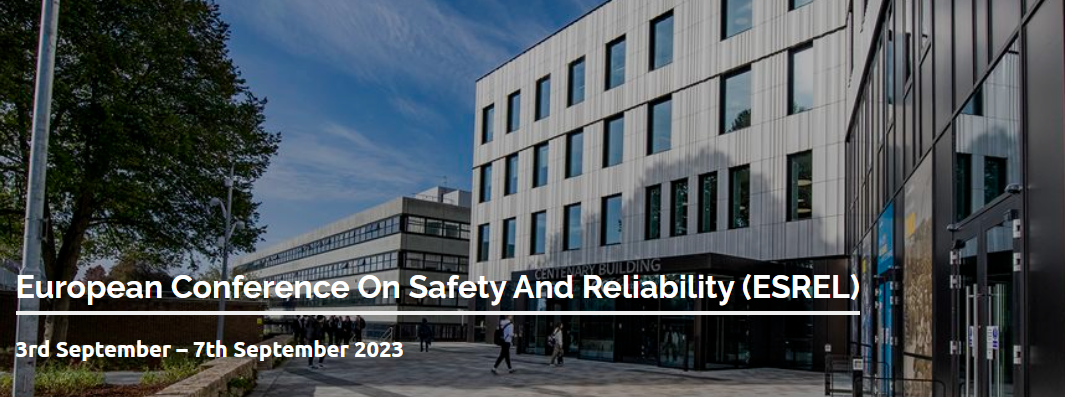
On the 3rd – 7th of September, 2023 we had a chance to present ArhitectECA2030-related results at the European Conference on Safety and Reliability (ESREL) in Southampton, UK. Lukas Sommeregger from Infineon Technologies Austria joined the conference with the presentation about the Transition Model for Lifetime Drift Estimation and Lifetime Prediction of Discrete Parameters in Semiconductor Devices on the Basis of Stress Testing Data in the special session dedicated to Case Studies on Modern Predictive Reliability: Industrial Perspective.
ESREL is the annual event in the area of reliability analysis, risk assessment, risk management and optimization of the safety performance of socio-technological systems. It is not only an event of scientific excellence but also an occasion for the community of safety and reliability specialists to meet in the spirit of conviviality in the broadest sense.
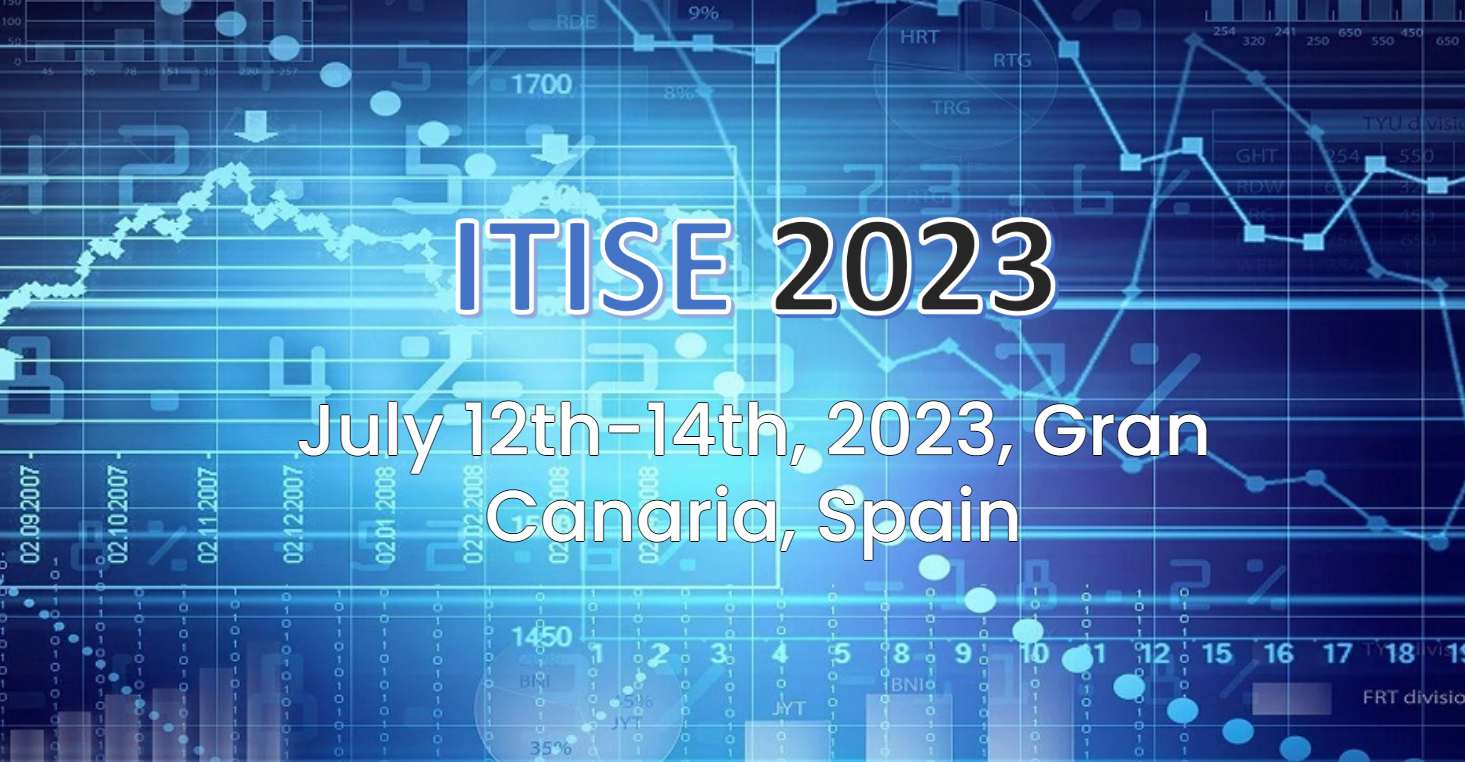
On 12th-14th of July 2023, ArchitectECA2030 partner Lukas Sommeregger from Infineon Technologies Austria joined the 9th International Conference on Time Series and Forecasting - ITISE2023, where he gave the project related presentation titled “A Semi-parametric Transition model For Lifetime Drift of Discrete Electrical Parameters in Semiconductor Devices using Accelerated Stress Test Data”.
The ITISE 2023 sought to provide a discussion forum for scientists, engineers, educators and students about the latest ideas and realizations in the foundations, theory, models and applications for interdisciplinary and multidisciplinary research encompassing disciplines of computer science, mathematics, statistics, forecaster, econometric, etc, in the field of time series analysis and forecasting.
On 30th-31st May 2023, ArchitectECA2030 partners Horst Lewitschnig and Kirill Ivanov from Infineon Austria joined ENBIS and MATHMET joint workshop Mathematical and Statistical Methods for Metrology (MSMM) 2023 in Turin, Italy. In the workshop, they gave project-related presentations: Modeling Lifetime Drift of Discrete Electrical Parameters for Automotive Semiconductors and Multilayer Delamination Model. The main aim of this workshop was to transfer state-of-the-art modeling and computational tools to industry, testing and calibration laboratories, academia and other client communities, and, at the same time, to collect their needs and ideas for future improvements of the mathematical and statistical methods for their fields of application.
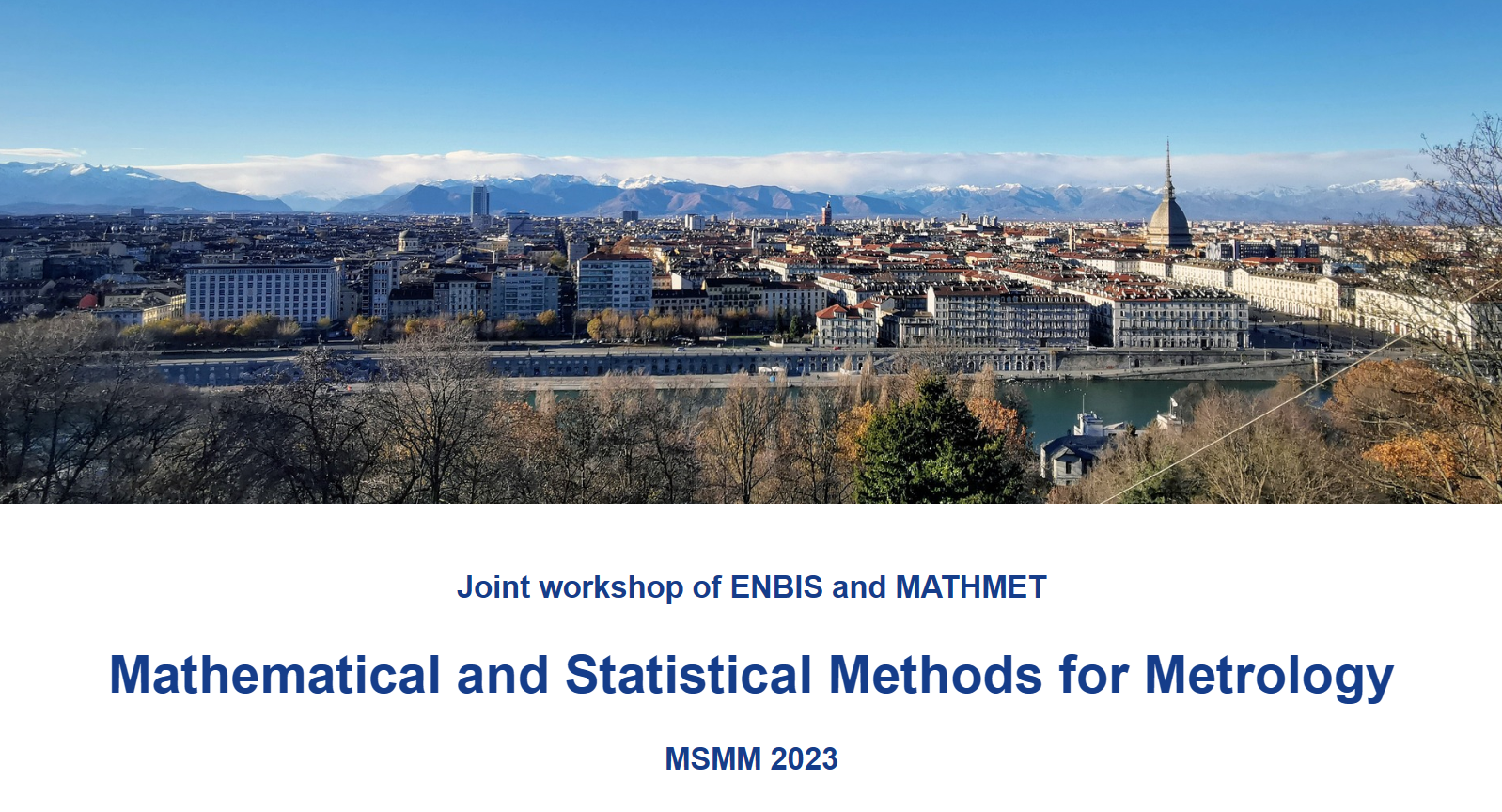
On the 23rd and 24th of January 2023, AchitectECA2030 partners met in the workshop in Graz, Austria. These two days of the meeting were dedicated to preparation for the upcoming interim review meeting in March.
On the first day, we analysed the second review’s comments and recommendations. Also, we investigated concrete examples of how our demonstrators fit together in a vehicle and address the project objectives.
The second day was dedicated to the ArchitectECA2030 Big Picture presentation, adapted Demonstrator cards, updated Data management plan, updated Dissemination plan, finalization of the amendment, interim report and preparation for the Interim review!
Thanks to all partners for fruitful discussions, beneficial advice, and nice collaboration!
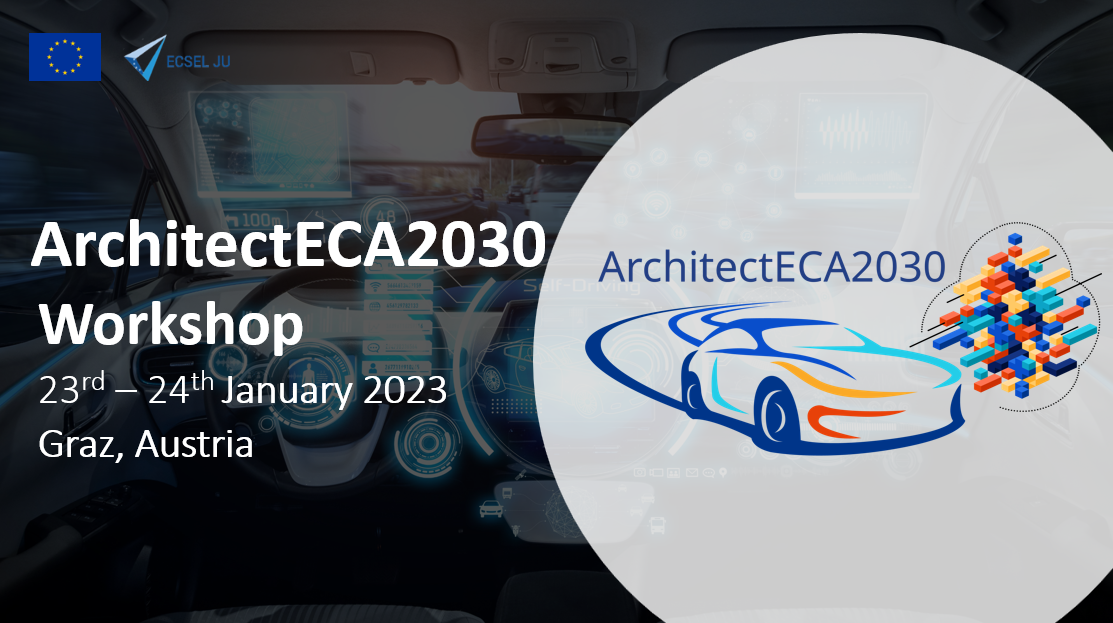
The European Forum for Electronic Components and Systems – EFECS is the international forum to Create impact through collaborative innovation for autonomous and sustainable European Electronic Components and Systems value chains. This year, the event organizers, AENEAS, EPoSS and Inside, have joined forces to bring all stakeholders together on the 24th -25th of November 2022 in Amsterdam at Beurs van Berlage, where we come together to Create impact through Collaborative Innovation.
The ArchitectECA2030 project was presented to over 600 participants of the EFECS 2022 with a project booth, informing the community via, poster, video, flyers, and even branded ArchitectECA2030 chocolates!
More information about the event: EFECS · EFECS 2022 highlights
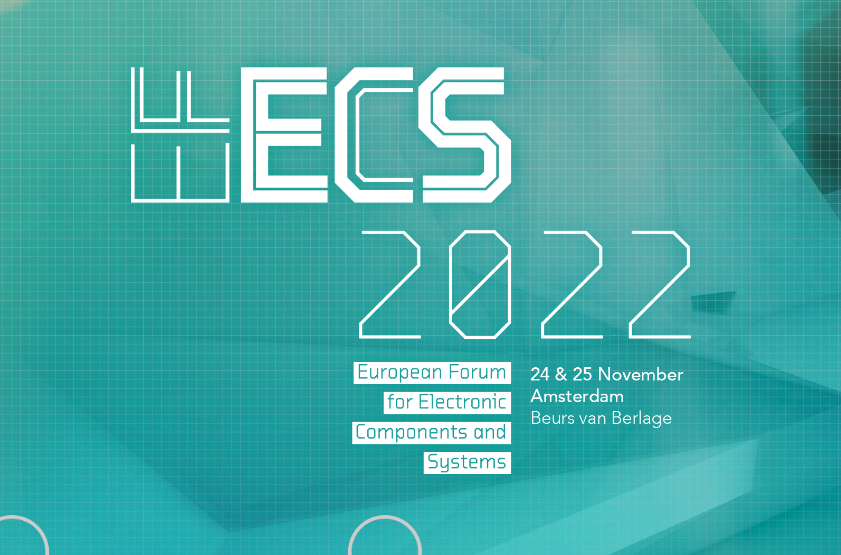
What are ArchitectECA2030 links to ASAM Test Specification Study Group? This and many other questions were answered at the ASAM Test Specification Workshop organized by the Association for Standardization of Automation and Measuring Systems on the 17th November 2022 in Germany. In the workshop, the project coordinator Georg Stettinger gave a presentation about the ArchitectECA2030 key results and the project’s links to ASAM Test Methods (especially “Fault Injection”) and Use Cases.
ASAM e.V. (Association for Standardization of Automation and Measuring Systems) is a non-profit organization that promotes the standardization of toolchains in automotive development and testing. ASAM standards span a wide range of use cases in automotive development, testing, and validation. They define file formats, data models, protocols, and interfaces. The standards enable easy exchange of data and tools within and across toolchains.
More information about ASAM: Our Vision (asam.net)
Agenda of the event: ASAM Test Specification Workshop
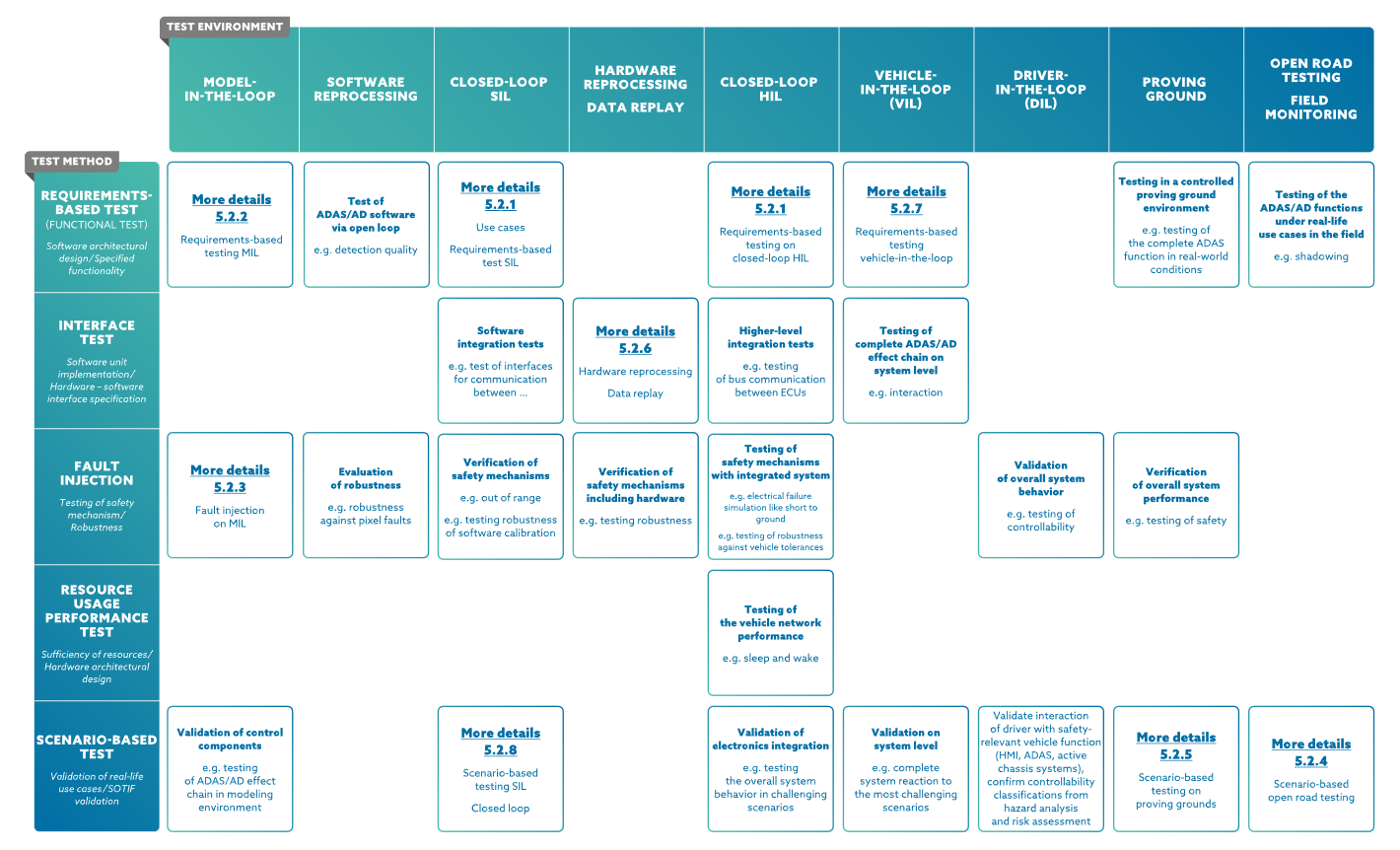
On the 27th of September 2022, AchitectECA2030 partners met in the 2nd Review Meeting in White Atrium in Brussels.
The day was dedicated to presenting AchitectECA2030's progress and the main second-year achievements to the project officer Anton Chichkov from KDT JU and reviewers: Zlatko Petrov and Jan Louis Anthonis.
First, the project coordinator presented the overall project overview: structure, vision, mission, big picture, important synergies, and our implemented actions considering the 1st review recommendations. SCs' and demonstrators' leaders presented the main technical achievements, Demo Cards. WPs' leaders presented the current Tasks' status, the main highlights, and the next steps.
According to the reviewers' overall assessment, the project has achieved some of its objectives and milestones. However, a lot of work still has to be done during the last year.
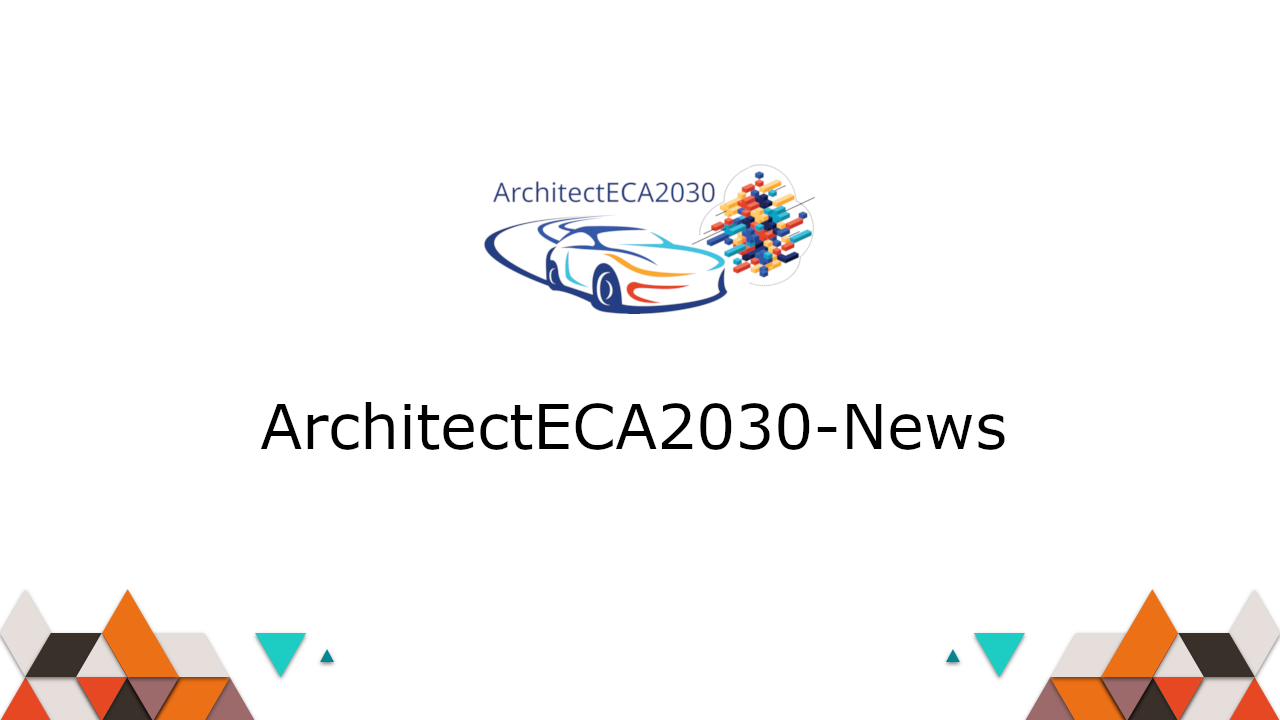
On the 16 th of September 2022, during the DSC2022 conference in Strasbourg, we had the first ArchitectECA2030 External Advisory Board (EOB) meeting, where the project coordinator Georg Stettinger from Infineon and Jürgen Niehaus from SafeTrans presented the project to EOB members: Siddartha Khastgir from the University of Warwick, Benjamin Engel from ASAM and Andras Kemeny from Renault.
ArchitectECA2030 and the homologation process – was the main topic of the meeting. Furthermore, we linked the ODD concept to the residual risk concept of ArchitectECA2030. EAB members shared their lessons learned and experience in standardization. To get the complete picture of what is already achieved, we discussed project references that had not been considered before. Also, we started to build a certification and homologation community and agreed on regular experience exchange in the future. EAB members will help to establish connections to similar projects to complete the full baseline and ensure harmonized and aligned work within ArchitectECA2030.
We expect to present the final ArchitectECA2030 results in the standardizations and homologation at the upcoming DSC2023 conference next year in September in Antibes!
We share the first ArchitectECA2030 video, which introduces and explains the project's challenges, vision, goals, and ArchitectECA2030 efforts to make future mobility safe and trustworthy.
https://vimeo.com/744894196

At the end of June, 2022, Lukas Sommeregger and Horst Lewitschnig from Infineon Technologies Austria AG participated at ENBIS Annual Meeting in Trondheim, Norway with the topic “Lifetime Drift Model for Discrete Data for Semiconductor Devices”.
In automotive industry, semiconductors play a critical role nowadays. Many applications, from airbags to sensors, require electrical components to function.
These semiconductors, or chips, have data sheets where their parameters are specified. These parameters can cover a wide variety of types. They can take continuous or discrete values.
Electrical parameters of semiconductor devices can drift over lifetime. Especially with the upcoming relevance of automated driving vehicles, it is important to control these electrical parameters and their potential drift over their whole life cycle to guarantee quality and safety for the end user.
In this context, statistical models for lifetime drifts of electrical parameters become important.
For the case of continuous parameters, like voltages, currents, and timings, models are already available. In ArchitectECA2030, the focus lies on the development of a new model for the potential lifetime drift of discrete parameters.
If the potential lifetime drift of parameters can be estimated correctly, countermeasures can be taken to guarantee quality targets. Those measures are taken by the manufacturer and by decision systems within automated driving vehicles.
The immediate use of the work lies in the area of quality control and support of a larger PHM (prognostics and health management) framework. The health status of the vehicle can be monitored on-line based on known lifetime behavior models. Furthermore, the remaining useful lifetime of an electronic device can be calculated.
In summary, the focus of this work lies in developing state-of-the-art methods for enabling predictive maintenance and supporting quality control in semiconductors with a focus on automotive products.
9th of June 2022
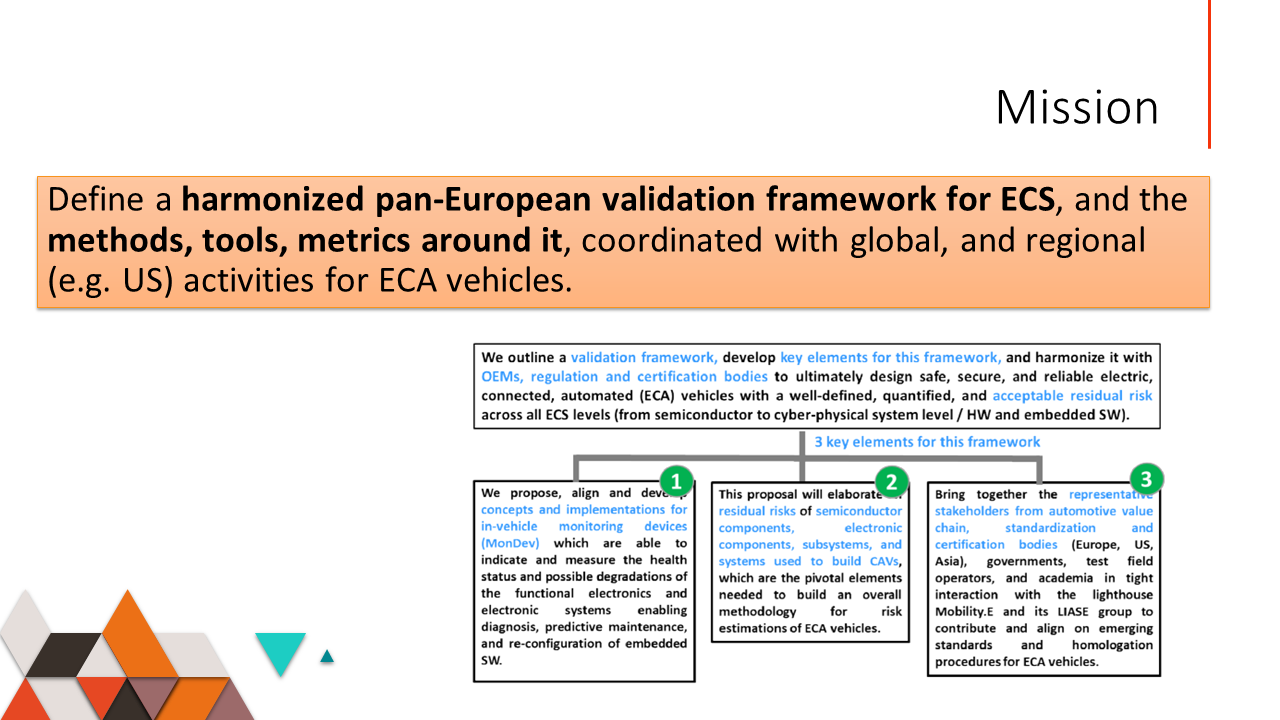
In the second year of the project, on the 9th of June 2022, the project coordinator Georg Stettinger invited SCs, WPs and Tasks leaders to come to Mission Meeting in Munich, Germany. It was the first time the partners met live. The two days meeting was scheduled to discuss the project's status, the main technical achievements in SCs, demonstrators, the first review remarks and recommendations, dissemination and exploitations topics, and the following steps to be done. The project partners are going to demonstrate how ArchitectECA2030 closes the gap between “bottom up“ (demonstrators, proof-of-concept MonDev big picture) and “top down“ view (validation framework, standardization, homologation). Also, the project coordinator is organizing the first External Advisory Board (EAB) meeting in connection with the upcoming DSC2022 conference in Strasbourg.

On 19th-20th of May 2022, Lukas Sommeregger and Horst Lewitschnig from Infineon Technologies Austria AG participated at the ENBIS (European Network for Business and Industrial Statistics) Spring meeting in Grenoble, France with the ArchitectECA2030 project related presentation “Stochastic Drift Model for Discrete Parameters” about a statistical model for discrete parameters based on nonparametric interval estimation of conditional transition probabilities in Markov chains that allows for flexible modelling and fast computation. The presenters demonstrated how to use the model to formulate an integer optimization problem to calculate optimal test limits. Calculation for both arbitrary parameter distributions at production testing as well as defined initial distributions ware shown. Finally, they gave an approach to calculate remaining useful lifetime for electronic components.
The link for more details: contribution.pdf (enbis.org)
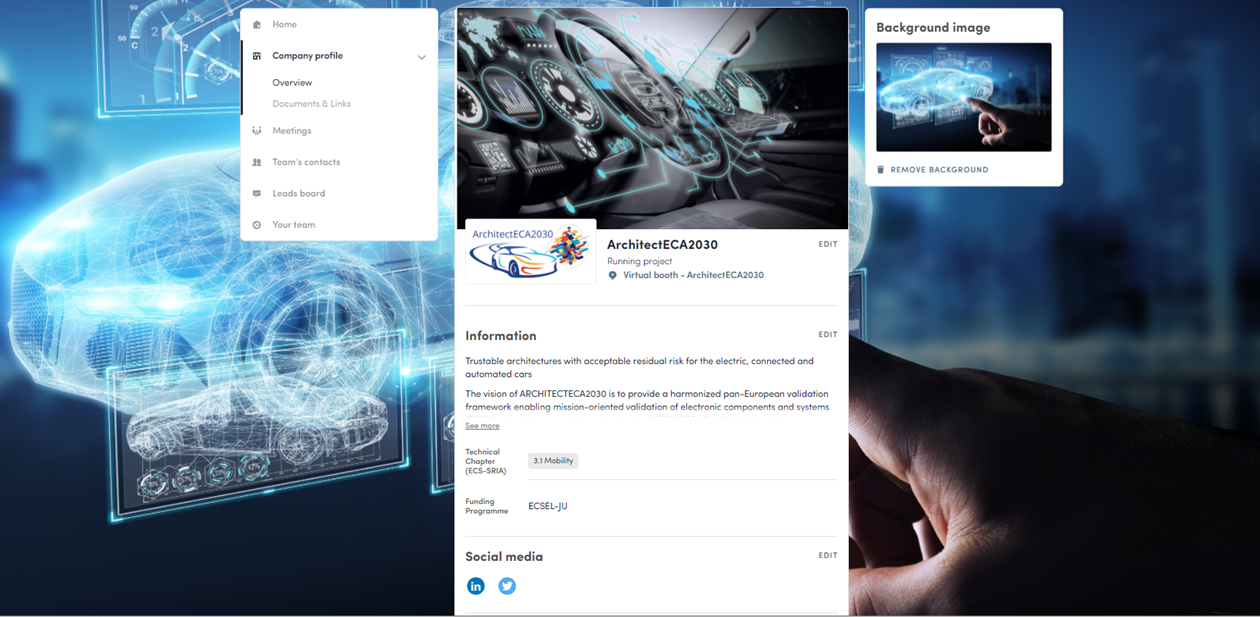
In 2021, the Annual European Forum for Electronics and Systems was organized virtually again. The ArchitechtECA2030 was presented in the virtual Marketplace, between other EU projects.
Conference participants had the opportunity to visit the project's virtual account, view the project's poster, website, social media accounts, and chat with the project coordinator and dissemination leader.
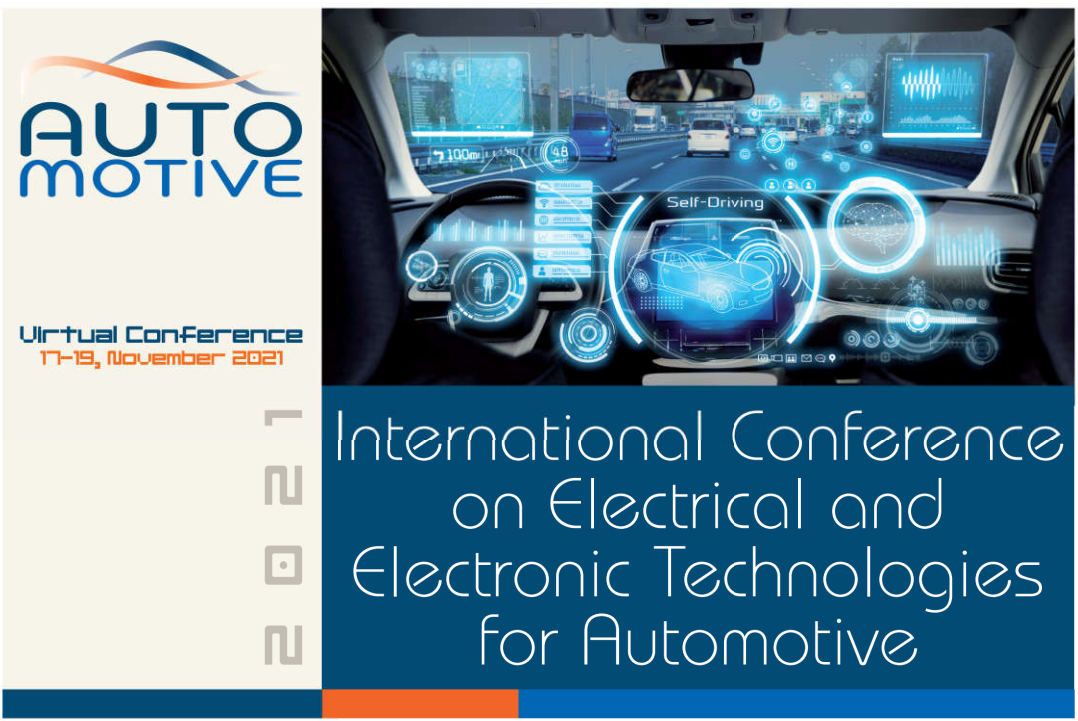
On 18 th of November, ArchitectECA2030 coordinator dr. Cristina De Luca represented the project in a virtual International Conference AEIT Automotive 2021. Participants of the event had the opportunity to listen to the project-related presentation „Electric, connected and automated vehicles, what about Risk, Trust, and Failure?”
According to the presentation, vehicle automation is emerging in many forms and has many social implications. In order to take full advantage of emerging technologies, Electric, Connected and Automated (ECA) vehicles need to be trustworthy. People must feel safe and want to use and buy new services that ECAs open up to them. Consequently, there is a strong need for independent and reproducible validation of automated vehicles even though it have to dial with non-deterministic elements.
The ArchitectECA2030 goals are to manage failure modes, uncertainties, and failure probabilities, propagating through the entire ECA vehicle stack consisting of on-board HW, on-board SW, off-board SW and data, development and validation methodologies, to support hazard identification, risk analysis, and sufficient risk mitigation.
15 -16th of November 2021

On the 15th-16th of November, ArchitectECA2030 partners met in a Mission meeting. In the beginning, it was planned to have a live meeting in Graz, Austria. Unfortunately, due to the restricted safety requirements, it was decided to shift the meeting to an entirely virtual platform.
Continue Reading
13 - 14th of October 2021
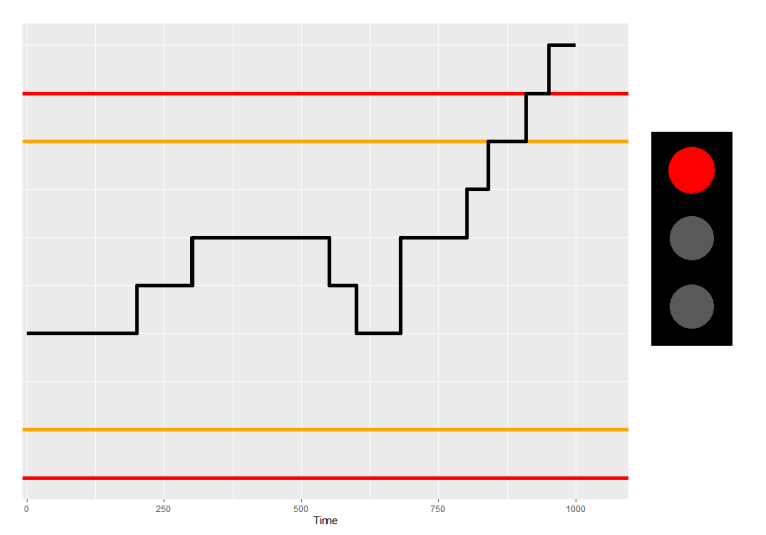
On the 13th-14th of October, Dr. Horst Lewitschnig representing ArchitectECA2030 partner Infineon Technologies Austria AG, participated in the 9th European Expert Workshop on Reliability of Electronics and Smart Systems, EuWoRel 2021, in Fraunhofer-Forum, Berlin.
Continue Reading
8th of September 2021

On the 8th of September, ArchitectECA2030 partners met in the 1st virtual Review meeting. Leaders of Supply Chains and Work Packages presented results, deliverables and milestones achieved within the 1st year of the Project to the PO Anton Chichkov and Reviewers Mr. Zlatko Petrov and Dr. Jan Anthonis.
Continue Reading
2nd June 2021
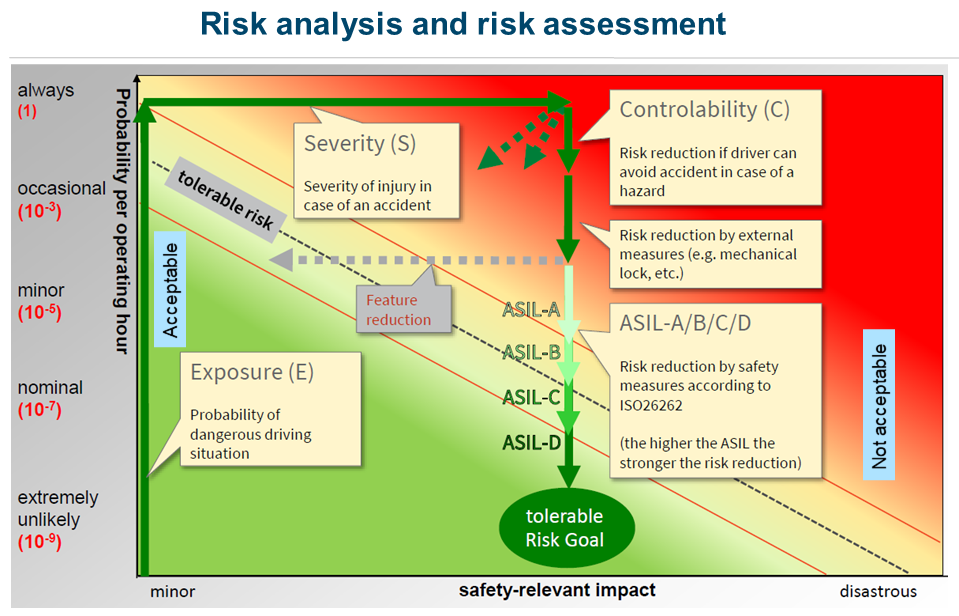
On the 2nd of June, ArchitectECA2030 partners met in a remote Vision meeting. The main goal of the meeting was to define the Vision of the Project, outline the activities to work on and set up the boundaries for the Project’s possibilities. Residual risk, Monitoring device, Framework and Methodologies, Standardization, Basic Vehicle Homologation Procedure in the EU, The new General Safety Regulation, Relation between Legislation & Standards were the main topics discussed. Although the project does not solve all the current challenges, ArchitectECA2030 gives the significant pillars for other future autonomous projects.
3rd February 2021
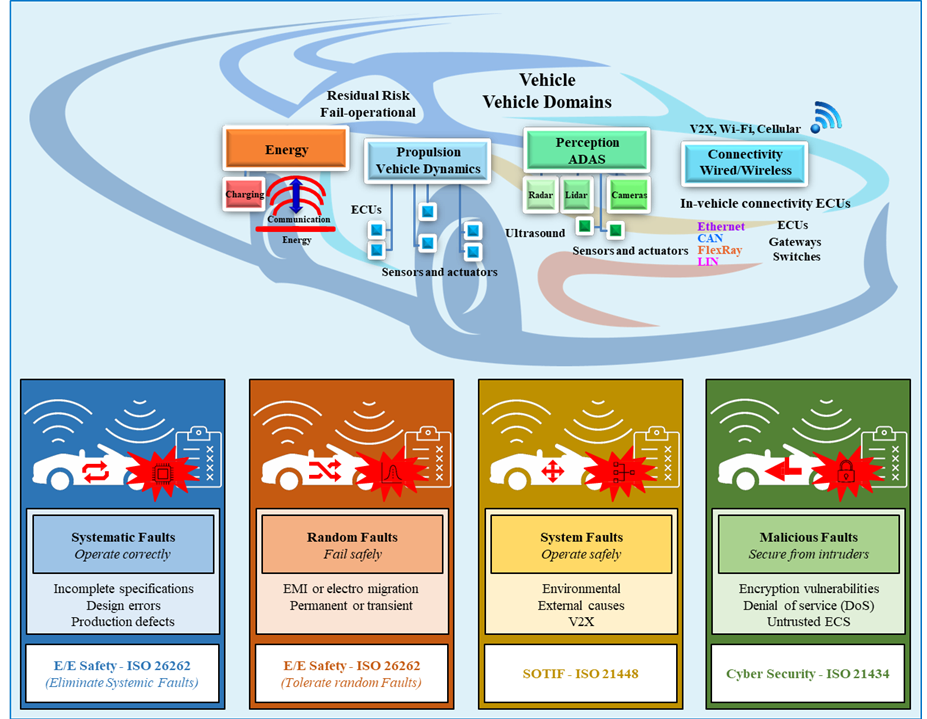
On the 3rd of February ArchitectECA2030 consortium met in a virtual Technical Meeting and Standardization Workshop. Standardization is one of the ArchitectECA2030 pillars. An important element in the development of a competitive European industry for automated vehicles is the establishment of technology standards. These are needed to define the interfaces between the different members of the various value chains, which are the backbone of competitive and future proof platforms.
Continue Reading

Don't miss out and register now! Join us online to discover, network, learn and shape ‘Our Digital Future’ at the European Forum for Electronic Components and Systems (EFECS) 2020! The fourth edition of this international event is going to be virtual and unique, taking place on 25-26 November 2020.
EFECS 2020 is a virtual rendezvous of stakeholders from across the ECS community, including an inspiring program with sessions on the COVID-19 crisis, keynote speeches by the European Commission, the German Ministry and many more. EFECS contains high-level presentations, interactive workshops, Pre-Brokerage activities and an exhibition for new project ideas and project dissemination.

We are happy to announce that the ArchitectECA2030 project has successfully started despite the ongoing global Covid-19 pandemic. It was launched with a one-day virtual kick-off meeting, which took place on the 14th of July 2020. 20 Partners from 8 different countries across Europe and the USA have joined their forces to implement this excellent project. The kick-off gave a great head start to establish connections between all the partners. Whereas, the Supply Chain and Work Package leaders had an opportunity to integrate their synergies and discuss practical methods in achieving the main objectives during the project lifetime as well as to delineate the administrative and technical responsibilities.
























